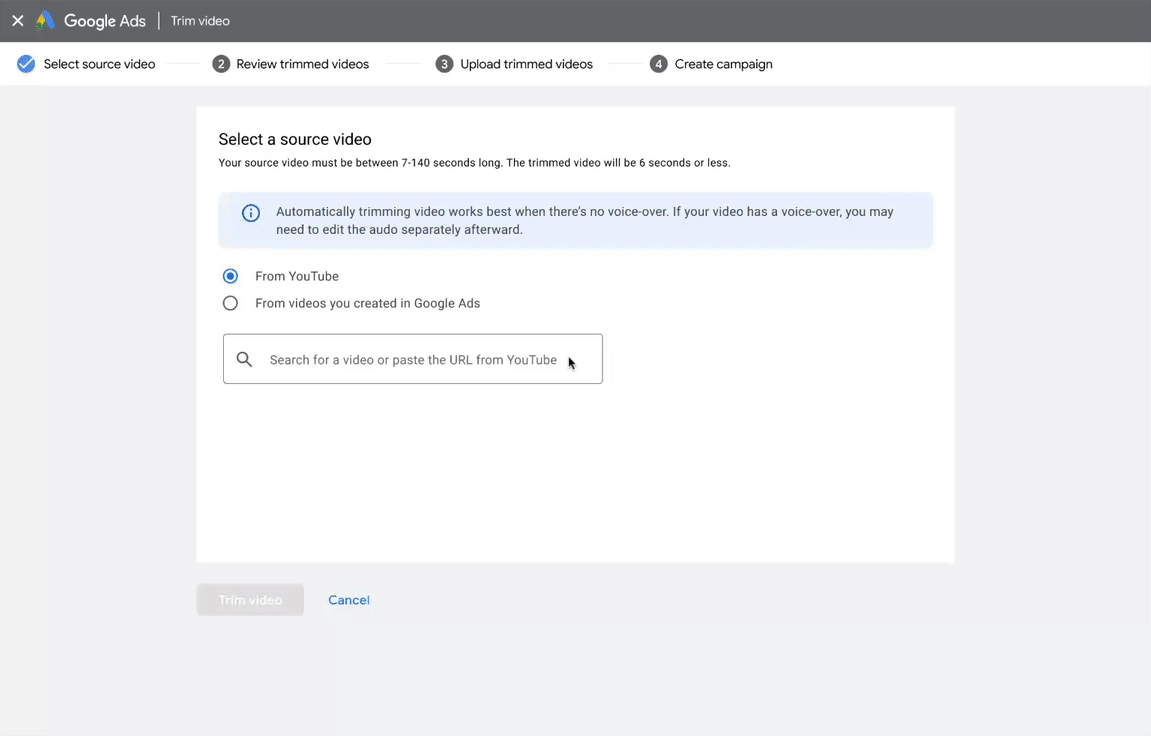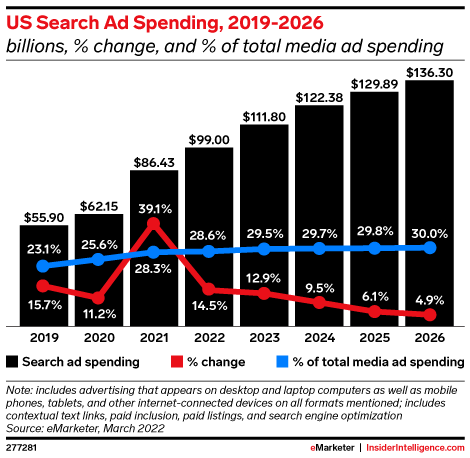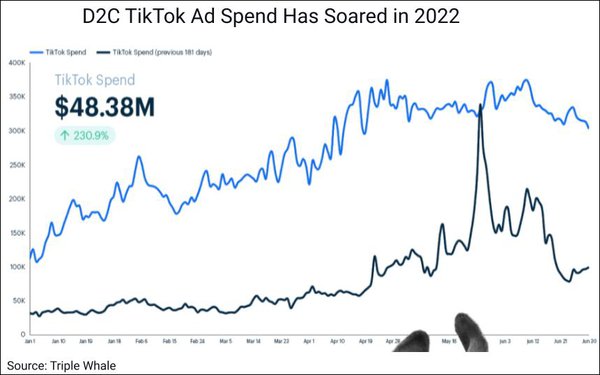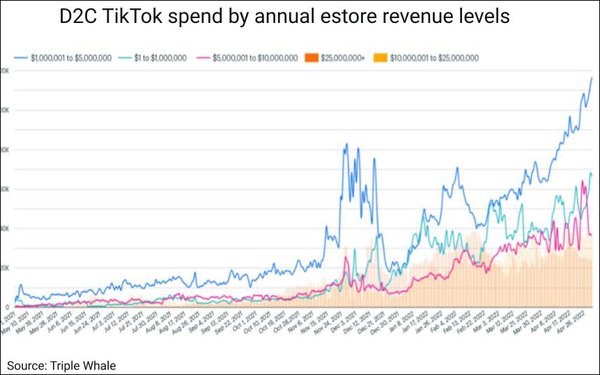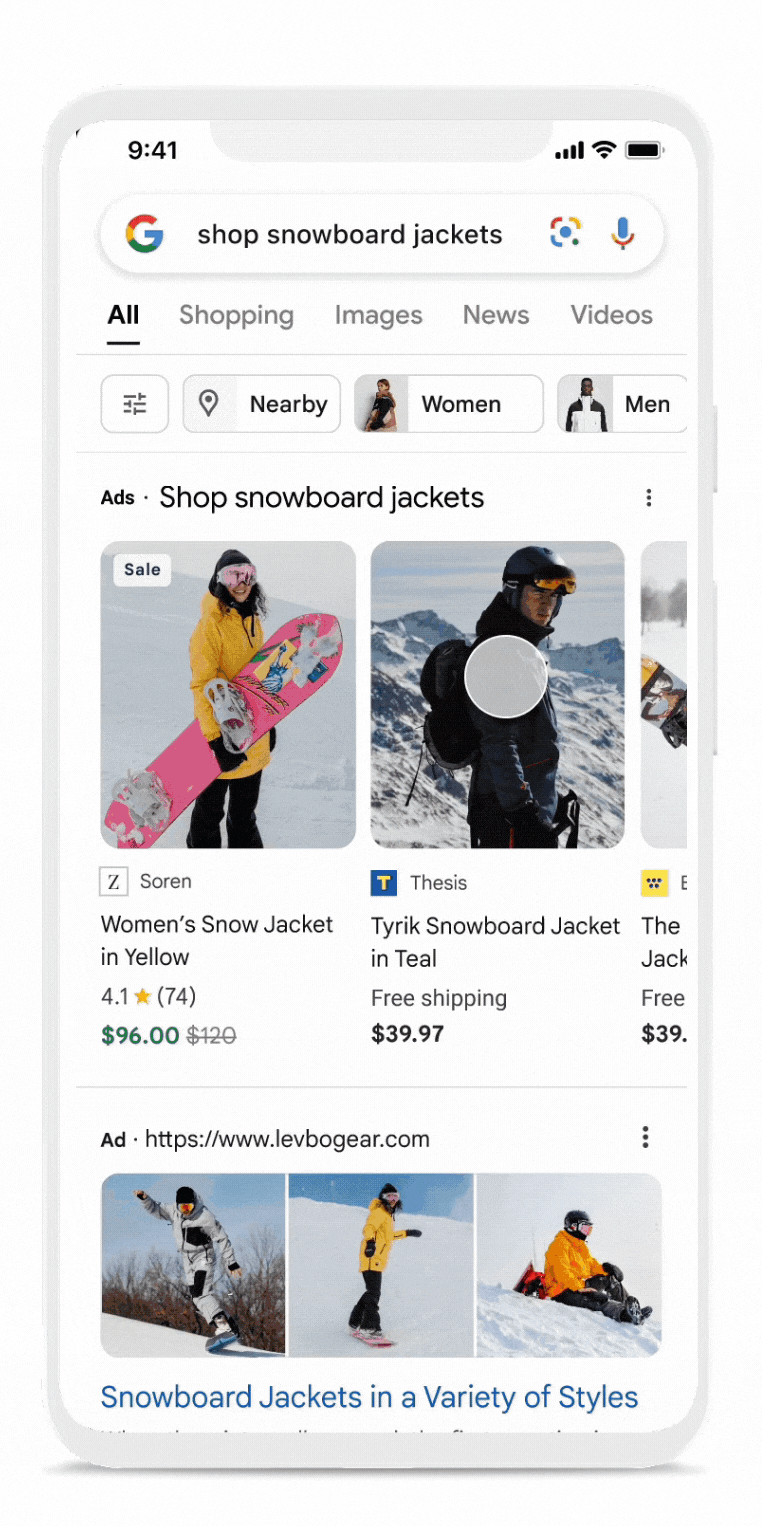The holidays are approaching and Microsoft Advertising wants to help your brand prepare before the shopping season arrives.
Microsoft Advertising has released a new free guide called “Your Festive Season Marketing Playbook” which includes all the information you could need to prepare the most efficient and impactful ad strategies for the latest holiday trends and shopping behaviors.
Below, we will share some highlights to help steer your ad strategies in the coming months.
Start Planning Early
The guide encourages brands to start planning their campaigns and budgets early, to avoid falling behind. Data from past years suggests that shopping for the holiday season may start as early as September, with a notable increase in both traffic and purchases between September and October throughout much of the world.
October Clicks Matter In November and December
Another sign that holiday shopping begins earlier than expected is the discovery that approximately two-thirds of purchases in November and half of December purchases can be traced back to clicks in October.
Now is when brands are able to plant the seeds in shoppers’ heads that turn into holiday purchases. Using remarketing, in-market audiences, and automated bidding strategies, you can develop these initial clicks into later sales.
Deal Seeking is Up
According to the guide, American consumers are spending much more time hunting for deals than in the past. Around two-thirds of shoppers are now devoting significantly increased time to looking for coupons, promotions, or other types of deals. Compared to other regions, shoppers in this area spend approximately 33% more time using search to find deals compared to the average shopper around the world.
Desktop Drives Holiday Sales
According to the data collected from the Microsoft Advertising Network, just 28% of holiday ad clicks are made by mobile devices, which only account for 22% of total retail conversions around the holiday shopping season.
This suggests that desktop devices are contributing to the bulk of holiday shopping activity despite the major rise in mobile shopping over the past few years.
For more about these shopping trends, ad strategies, and holiday marketing recommendations, download the Festive Season Marketing Playbook for yourself here.

